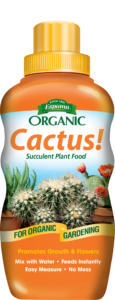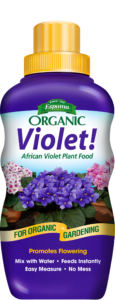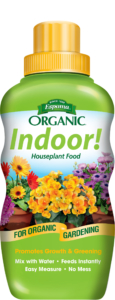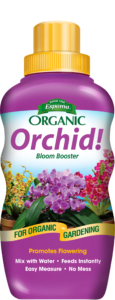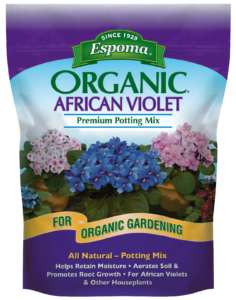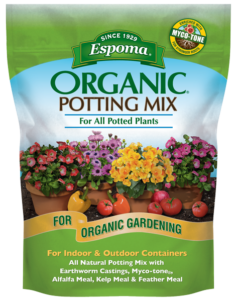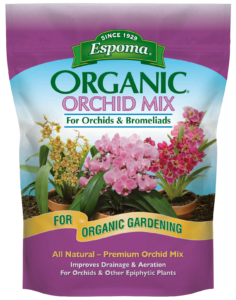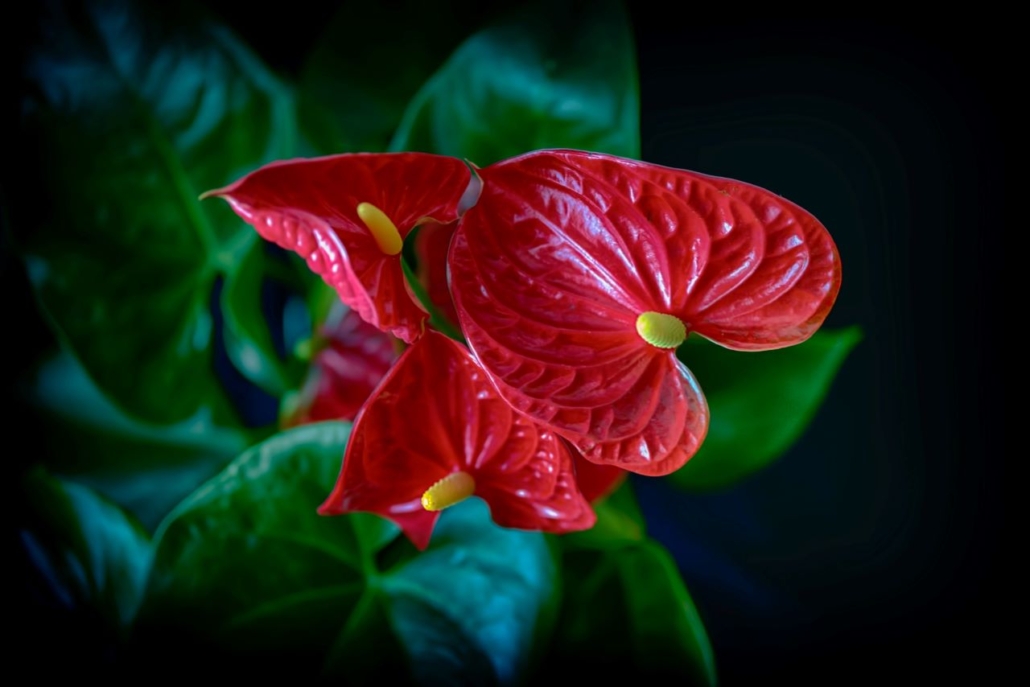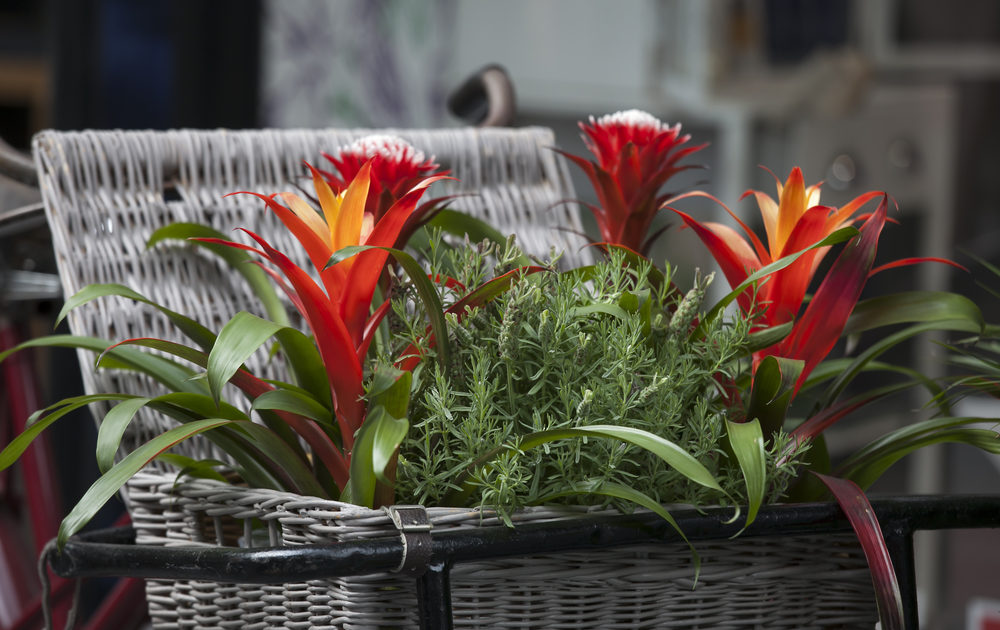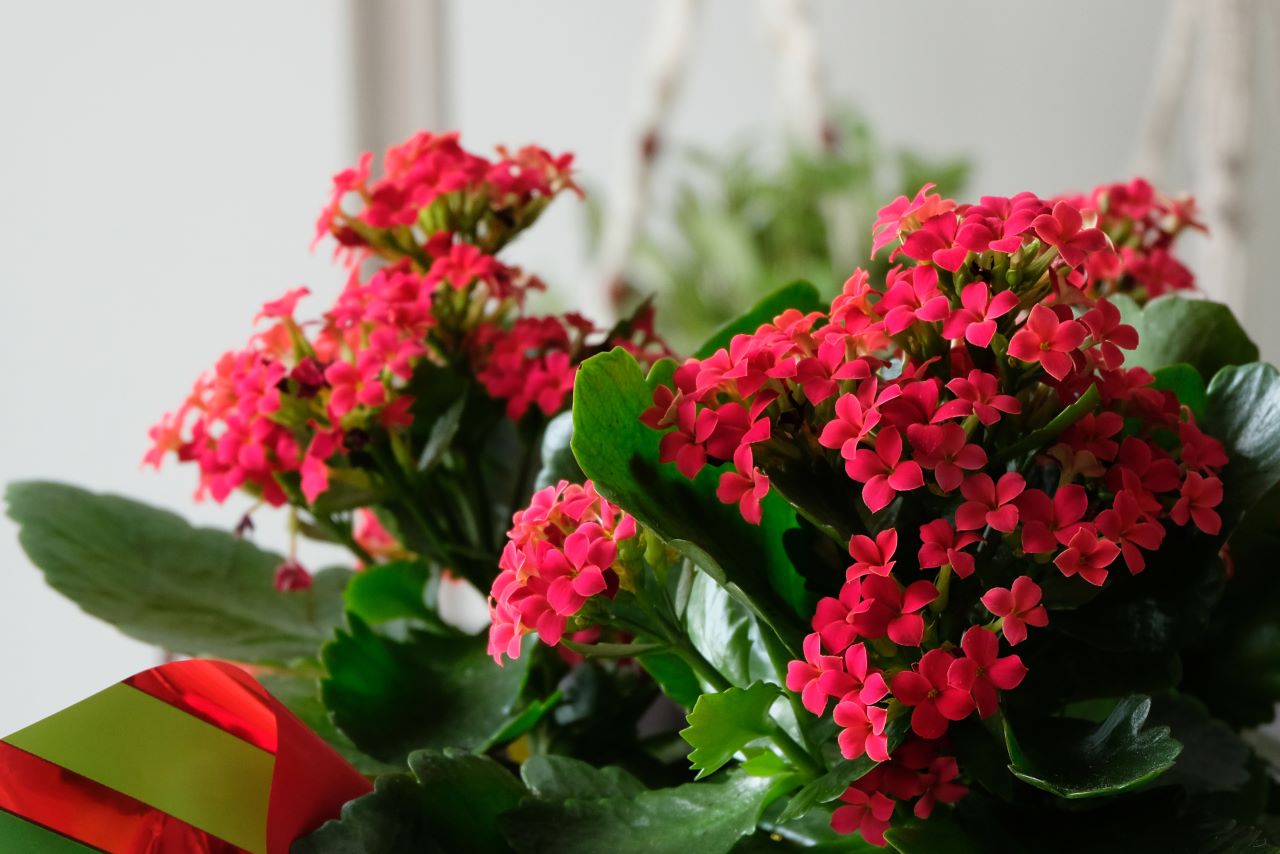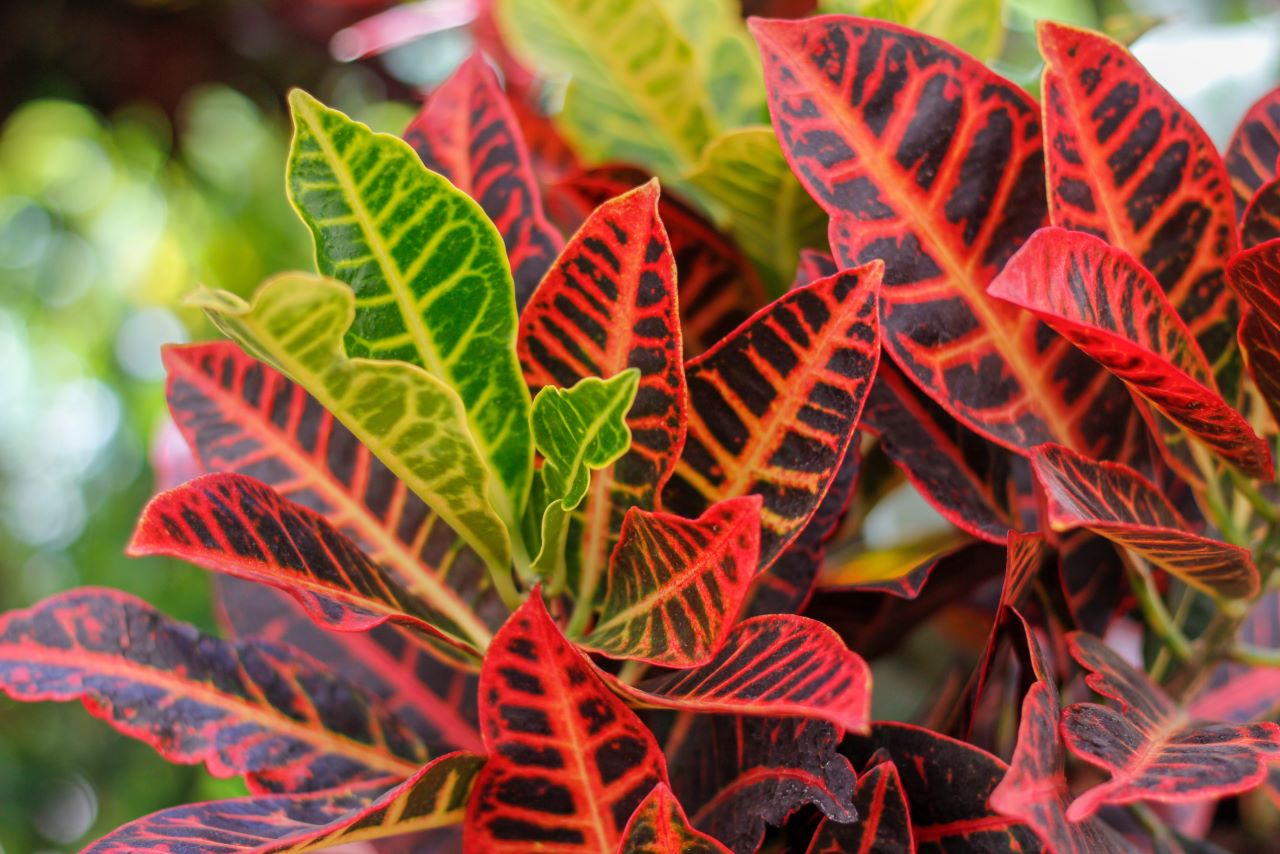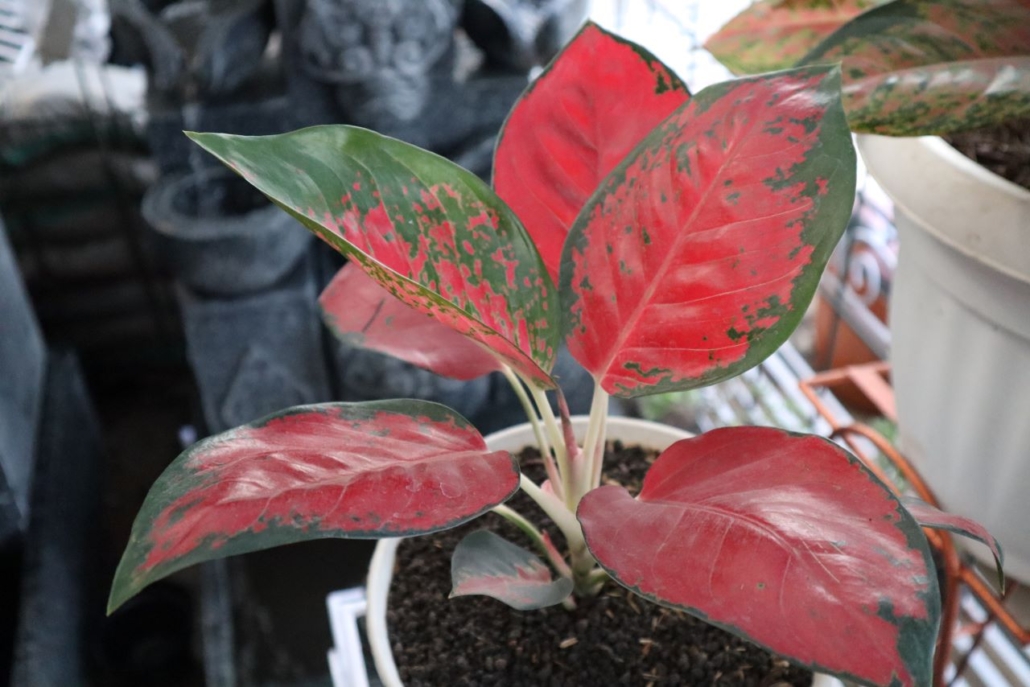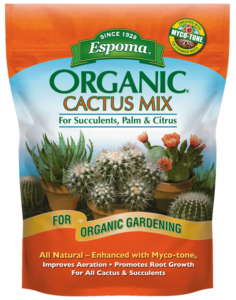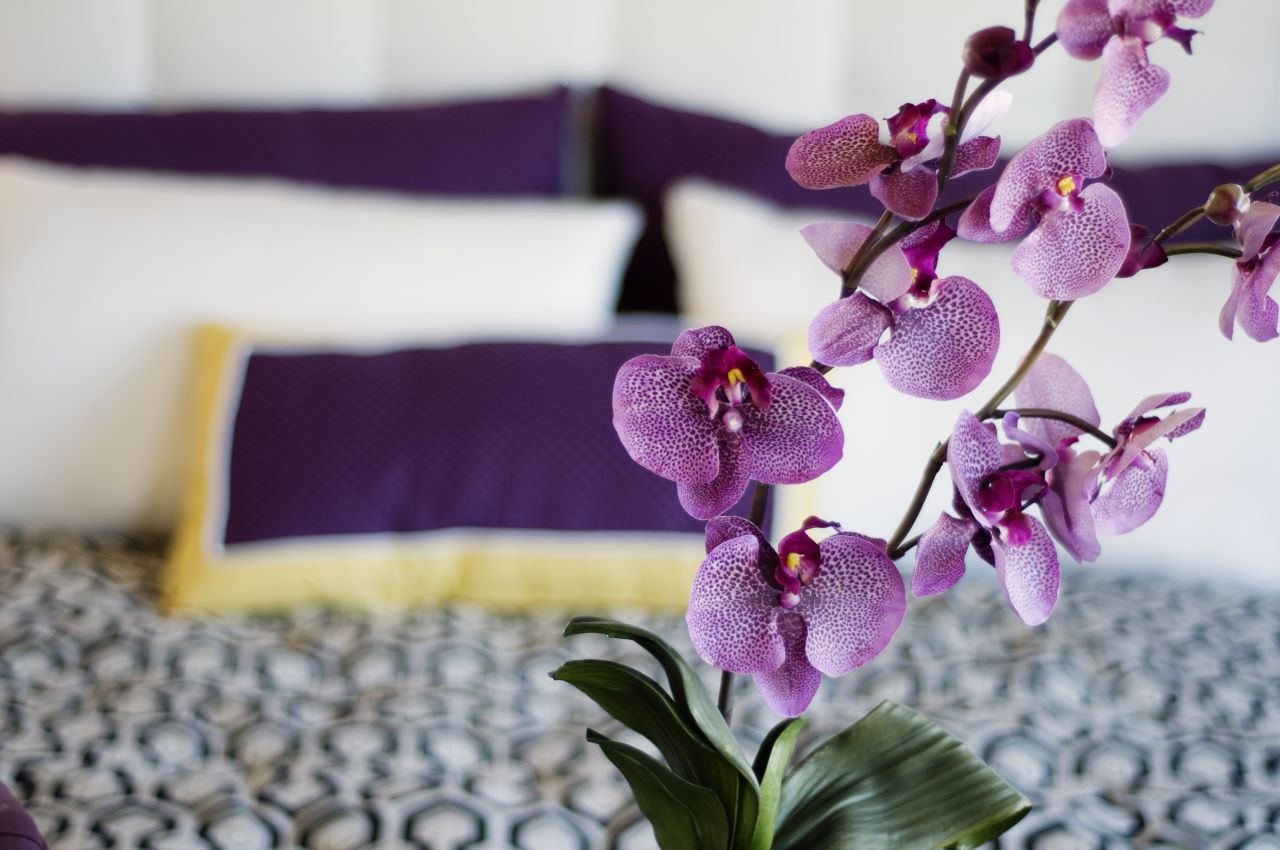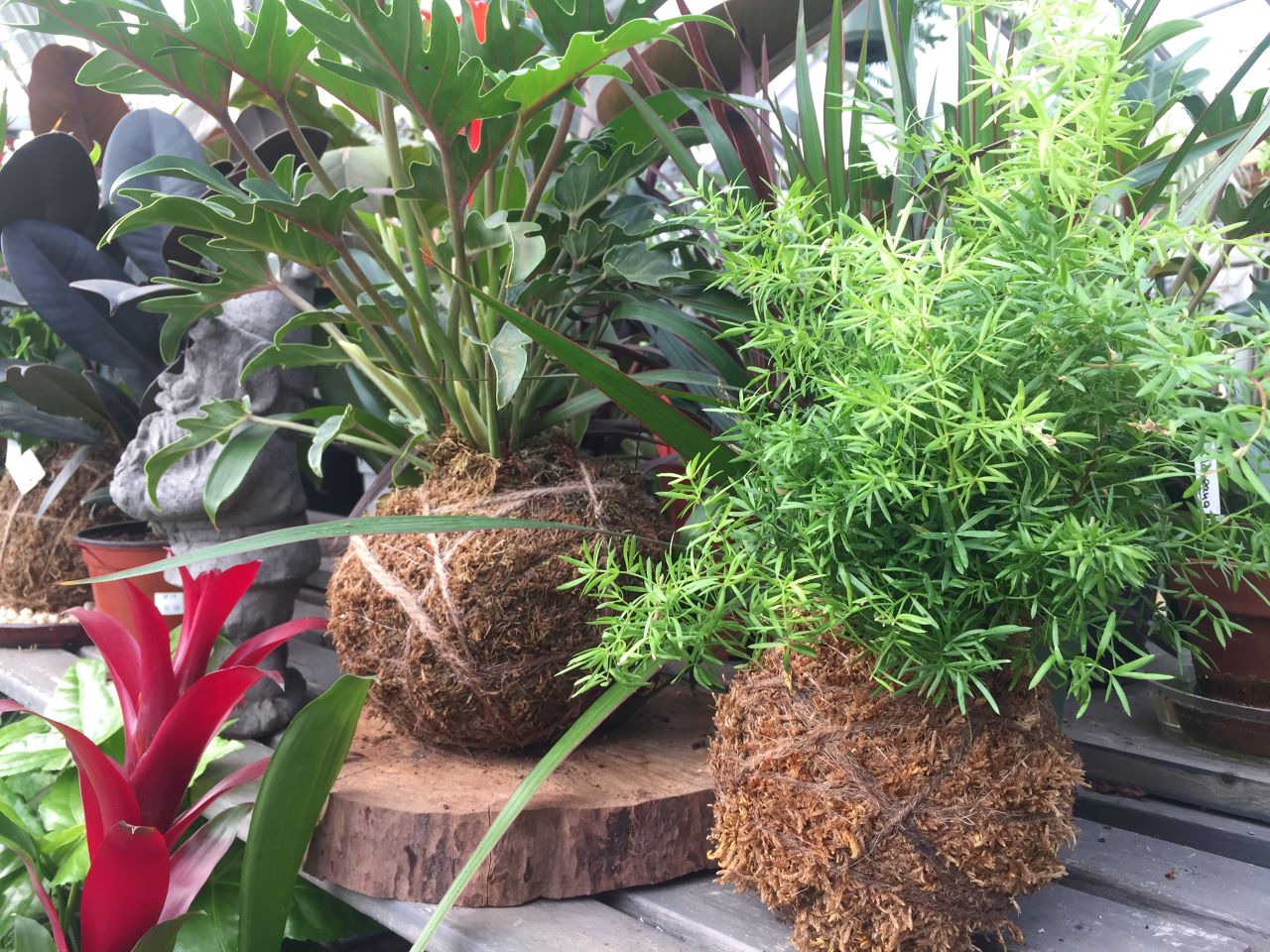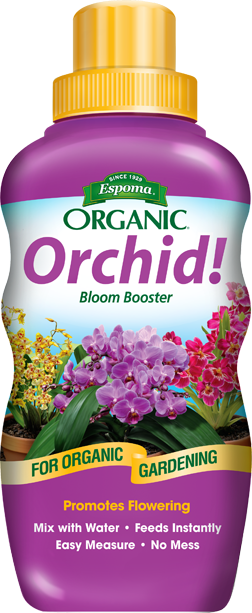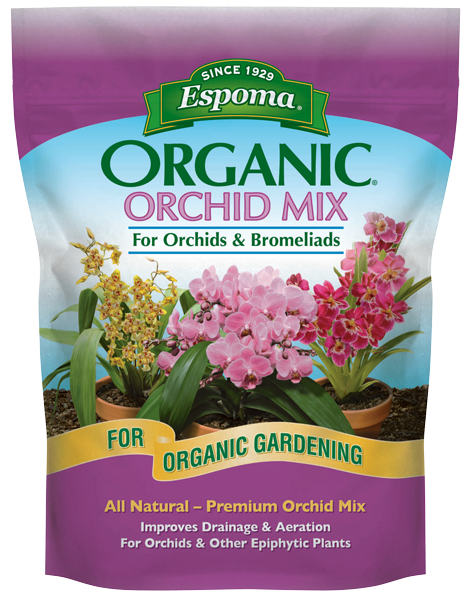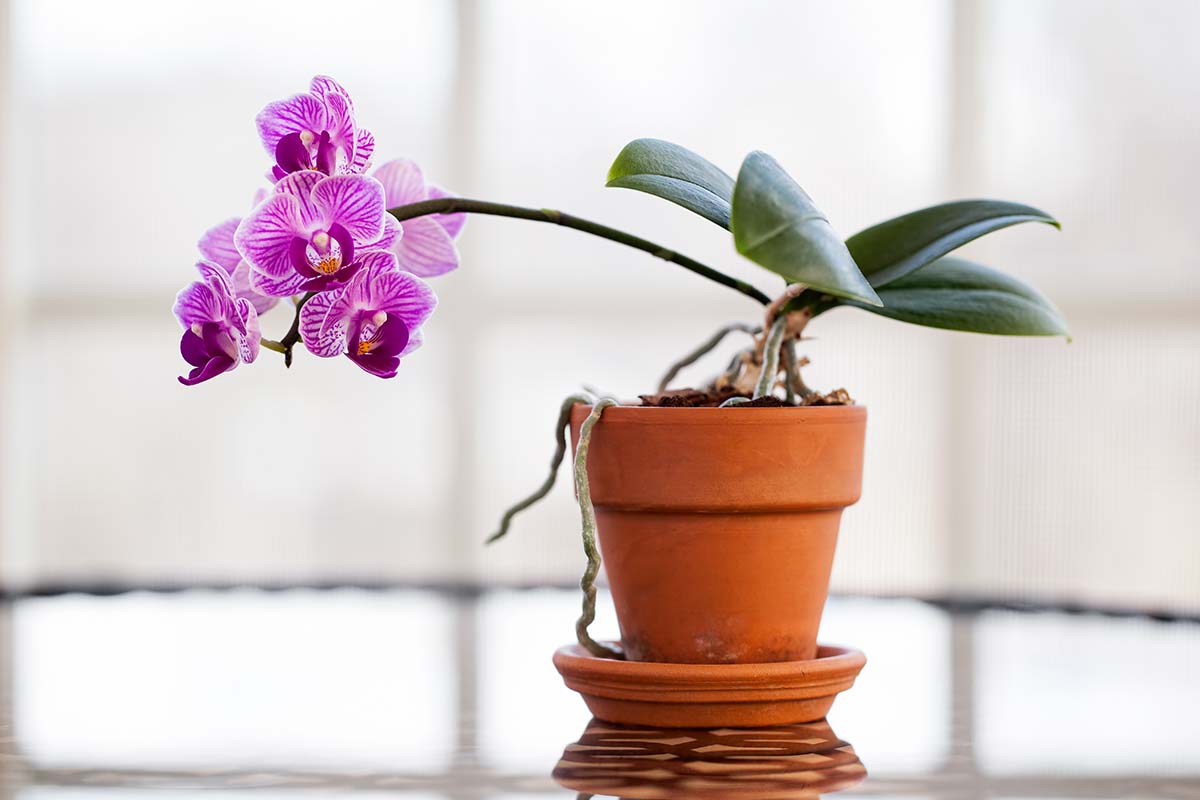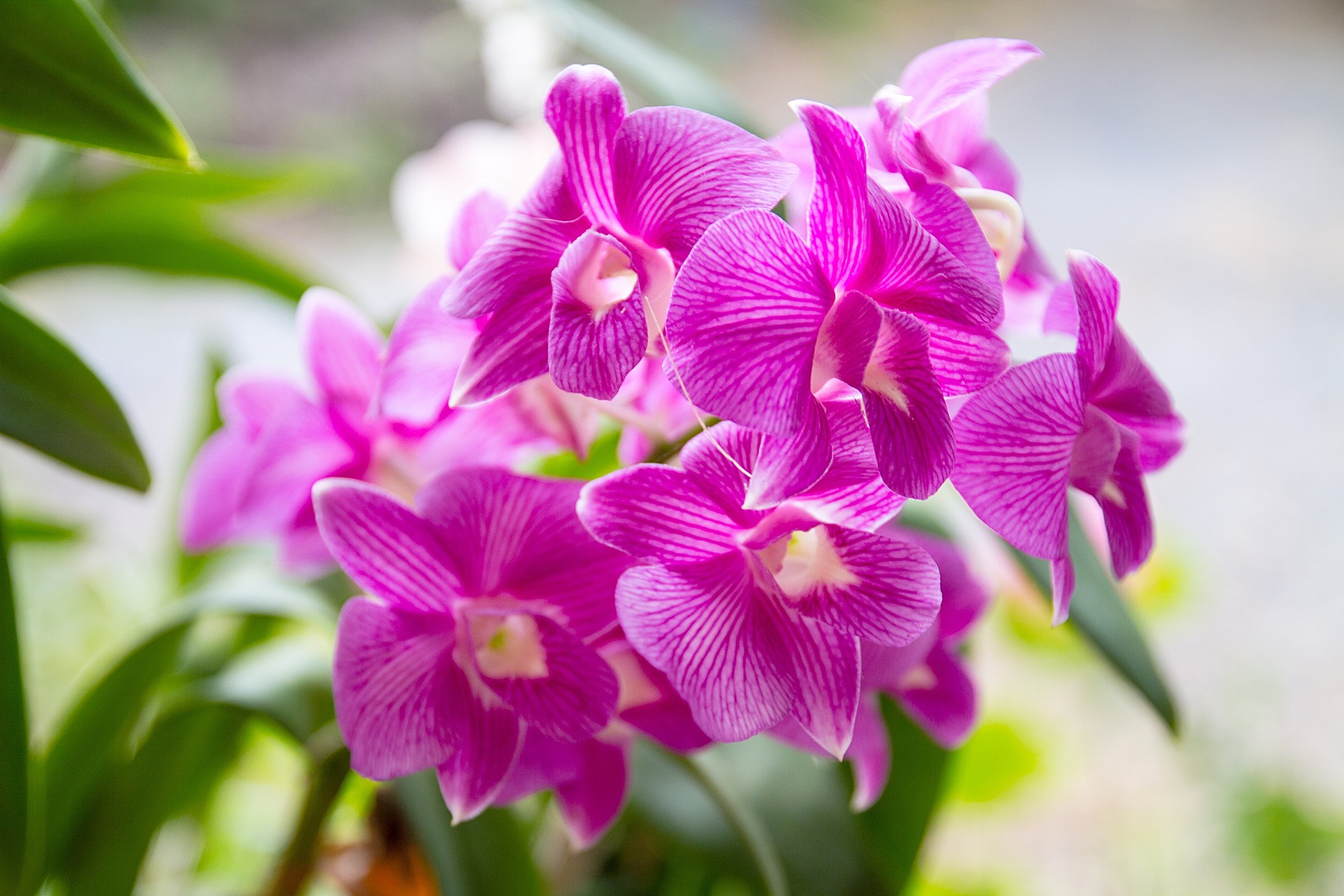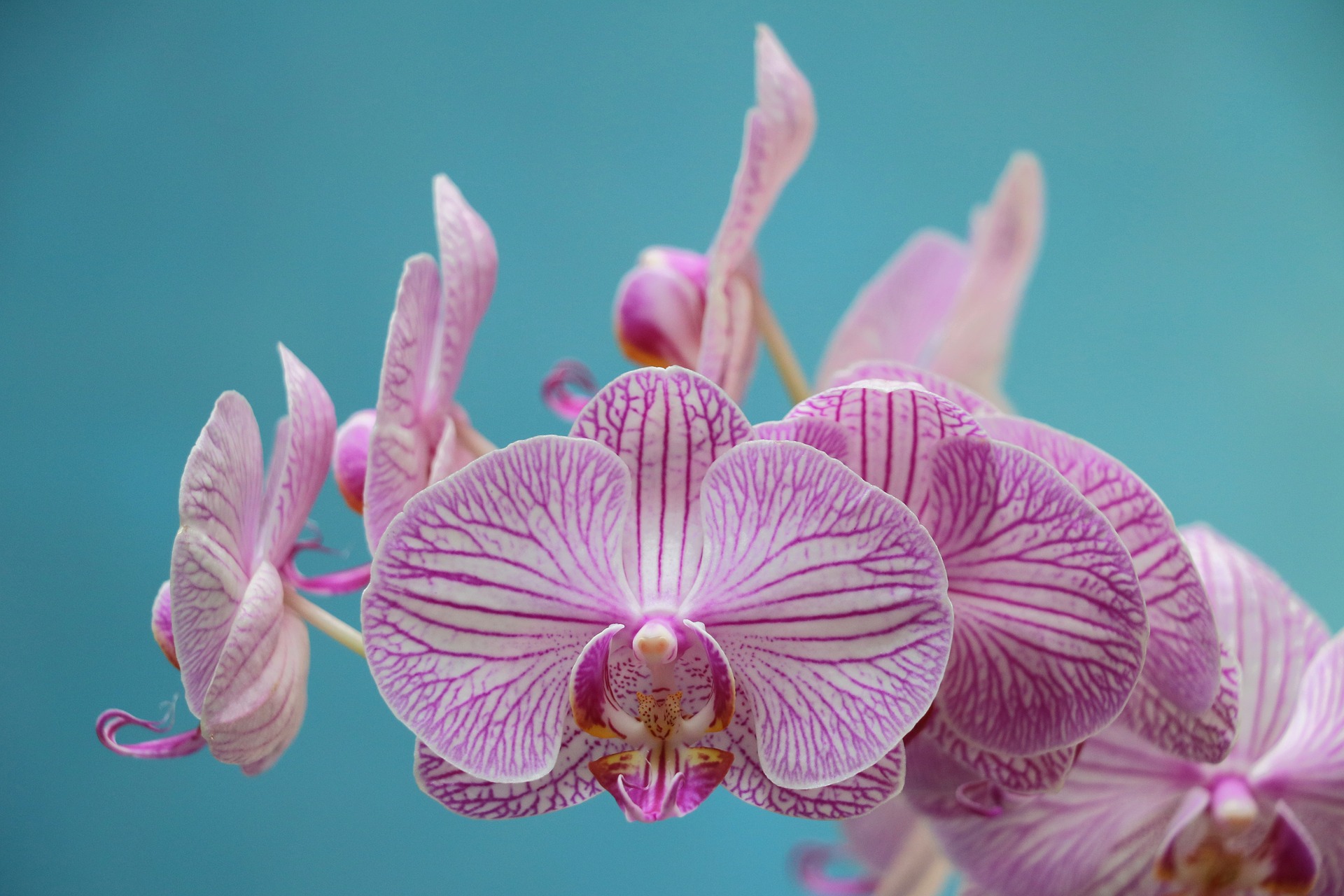The best indoor plants for small spaces
Apartments or small spaces are invitations to get creative with décor. There are many different ways you can grow indoor plants. There are plenty of ways to keep houseplants nearby.
To maximize space, design and style, utilize a few small potted plants. Take advantage of vertical spaces with hanging baskets or a green wall. Even small DIY projects such as terrariums or kokedama can instantly perk up a small space.
When growing in containers, be sure to use Espoma’s Organic Potting Soil Mix for best results.
These houseplants are a small space gardener’s best friends:
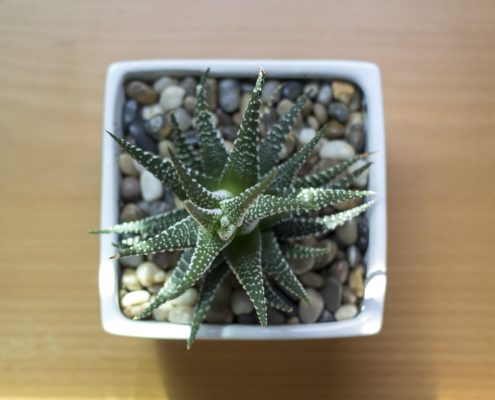
Haworthia ‘Big Band’
A big name for a small plant, but the deep green leaves with white stripes really stand out. They look very modern in small containers with a layer of white gravel on top of the soil. Keep them out of direct light. They grow 2-8 inches tall and wide.
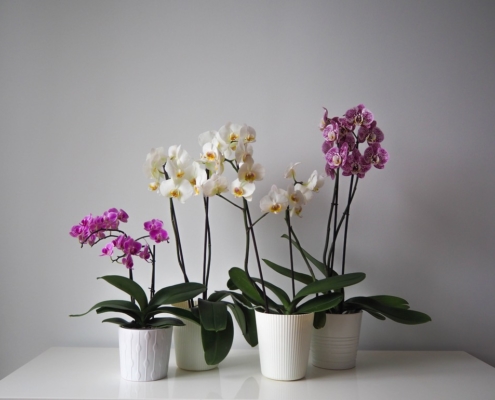
Moth Orchid
Moth orchids have long, thin stems and large flowers that create a big impact in small places. Plus, they flower for an incredibly long time. These are the easiest orchids to grow, even if you are a beginner. Bonus, they are actually more likely to flower when rootbound, so no need to add more space anytime soon. Water well once a week, then let drain completely. Feed regularly with Orchid! liquid plant food.
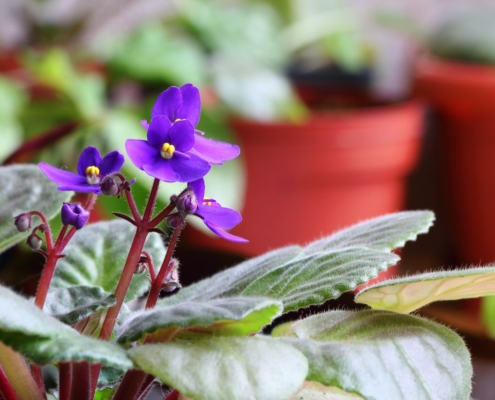
African Violet
The colorful blooms of African violets instantly add color to any room. They’re known to bloom continuously, even throughout the darker winter months. Slightly root bound plants will continue to bloom, but be sure to repot using Espoma’s African Violet potting mix at least once a year. Water African violets from the bottom to prevent leaves from rotting and never let them sit in standing water.
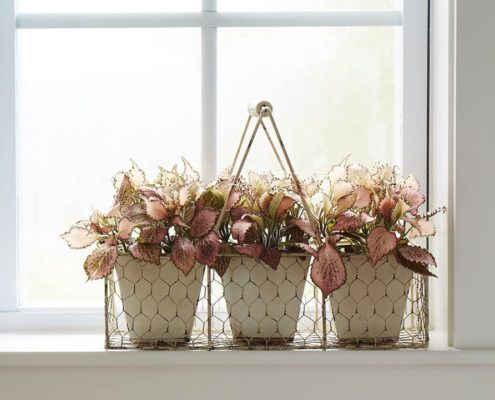
Fittonia
Also known as nerve plant, Fittonia adds a pop of color with leaves that have bright pink, white or red veins. Its petite size allows for it to be placed almost anywhere. Fittonia prefers medium to low light, but tolerates direct sun if the light is filtered through a sheer curtain.
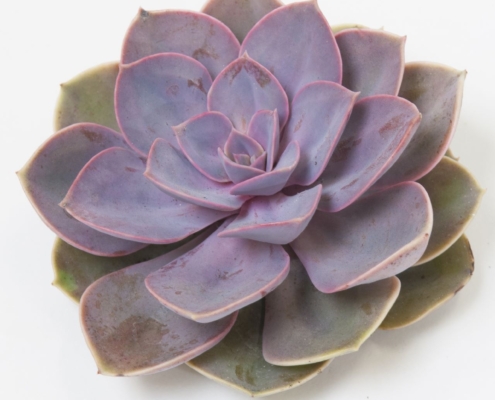
Echeveria
The echeveria is one of the most common types of succulents. Little plants like these are commonly found on office and home desks due to their easy care and small size. A common cause of death, however, is overwatering. Make sure to let your plants’ soil dry completely before giving them another drink. Feed regularly with Espoma’s Cactus! liquid fertilizer for best results.
Try these lowlight houseplants if you want greenery, but lack light. https://youtu.be/SYXv_EcBdEA
*****
Featured Products for houseplants:
